Tire Tech: How Tire Size Affects Your Speedometer Reading

If you’re new to Jeeps, off-road, or even modifying your vehicle, you’re probably not too familiar with some of the consequences of adding bigger tires to your JK. There could be more noise, a stiffer feel, or even a speedometer that is off. But, why is that? Why does changing your tire size affect your electronic speedometer? We’ll answer that today in this Tire Tech brief.
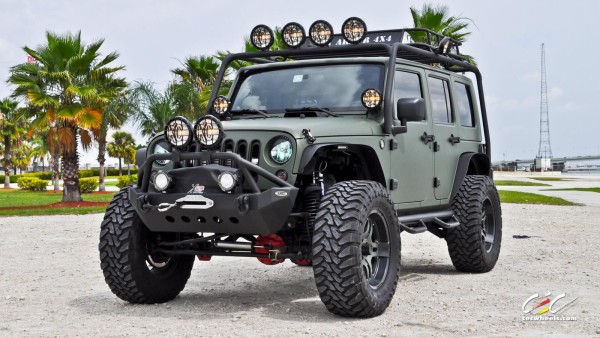
As you may, or may not know, speedometer accuracy is determined by a few factors. The biggest two being your differential ring gear ratio and the size of your tires. When the JK leaves the factory, it is programmed to know that a certain tooth count equals a certain speed on your speed sensor, located on your transmission (2WD) or transfer case (4WD). This is calculated by the tire size that the JK left the factory with, ring and pinion ratio, and the output shaft speed.
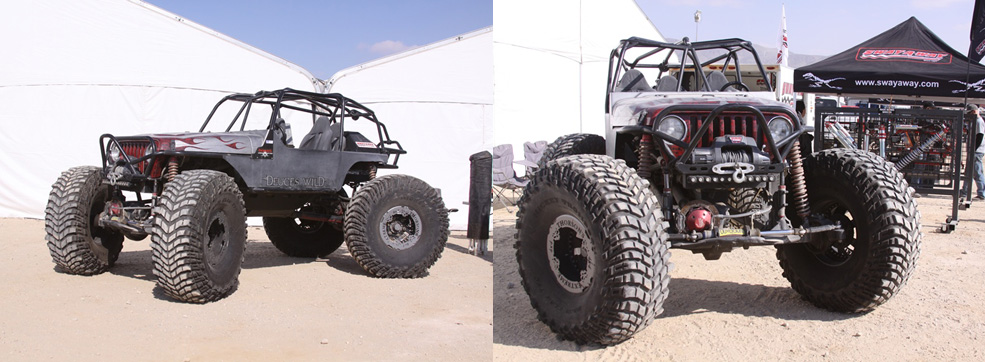
So, you can begin to see why your tire size makes a difference in speedometer accuracy. You’re probably also wondering why the ECU isn’t able to adjust for it. That’s because the calculation in the ECU that calculates speed is set and isn’t dynamic.
Now, I don’t know the exact tooth count that Jeep uses, but this example will explain it a bit. The first thing your ECU needs to know is how far your JK travels in a full revolution of its rear tires. If you have a 32-inch tall tire, it will have a circumference of 100.5-inches. If you drive a mile, that will equal to about 630 revolutions per mile. You can also get a rough number by dividing 20168 into your tire diameter as well (20168/32=630.25). That number is further multiplied by the gear ratio, so a 3.55 gear will rotate the pinion 2236.5 revolutions per mile.
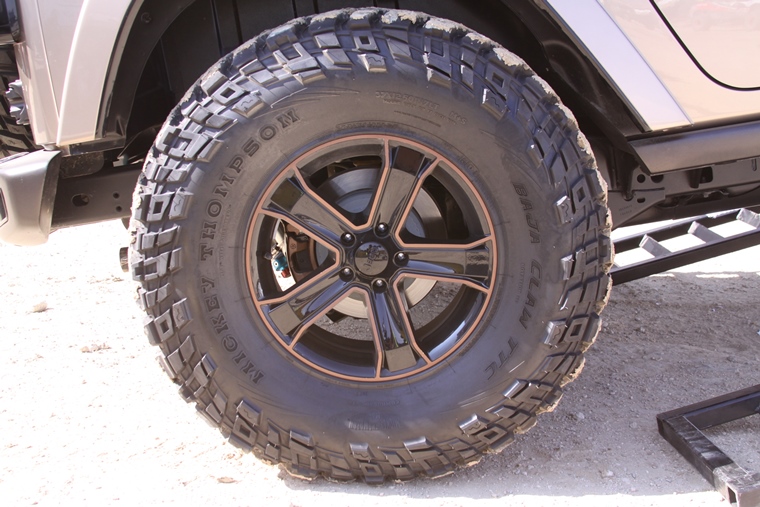
Now, we get to the speed sensor. Let’s say a full rotation of the speed sensor has 20 high counts or 1 in binary speak. So now 2236.5 revolutions at the pinion will be 44730 high counts in that mile and when the ECU sees that many counts from the speed sensor, then it knows that the JK has traveled a mile and ticks off 1 mile on the odometer.
Now that we know the number seen in a mile, how do we get our MPH from that?
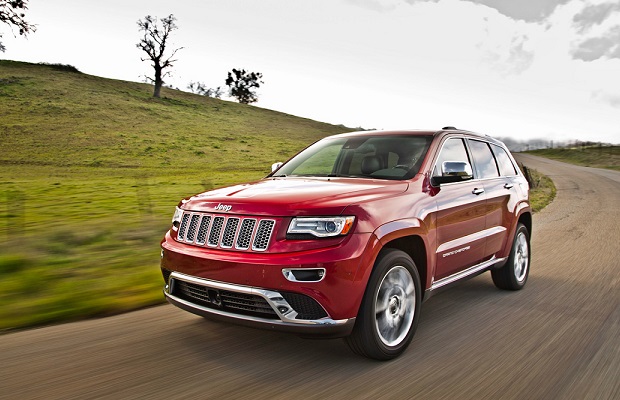
It still comes down to the calculation for velocity, just instead of feet, it now counts on the speed sensor. 1-mile is 5280-feet; 44730/5280=8.47 counts per foot. Travel that many counts in 1-second is 60-feet per minute (1-foot X 60-minutes) which is MPH or (60FPM X 60)/5280; so .68 MPH is equal to 8.47 counts per second and 1 MPH is 12.45 counts per second. Again, this is just an example to show why a speedometer isn’t dynamic, as your ECU needs to know these numbers to make the speedometer show the MPH. These are not numbers that come from Jeep, they are only examples.
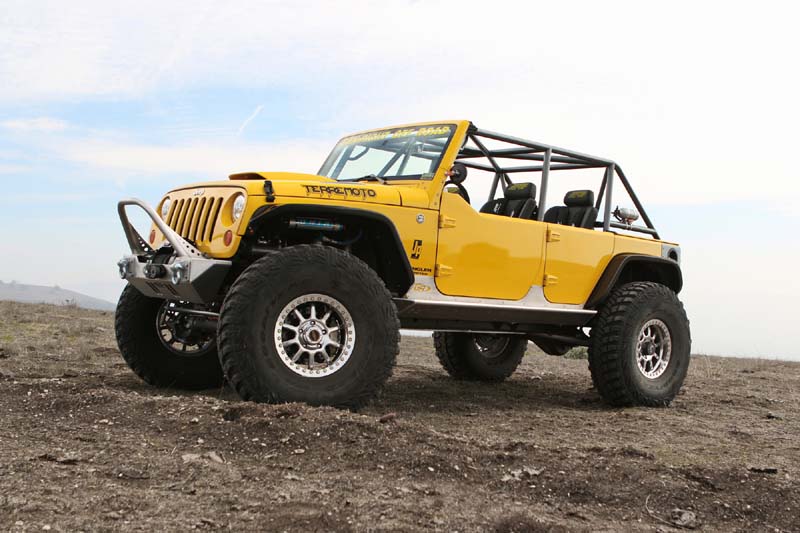
So, what happens when we decide to join the 34-inch club with that 107-inch circumference? Well, with all other things remaining the same save for the tires, your revolutions per mile just went down. So, now your tires are rotating 593 revolutions per mile instead of 630. Your pinion is now spinning slower and your speedometer will read lower while your actual speed will be faster. Remember, in our example we know that 1 MPH is 12.45 counts per second and 1-foot equals 8.47 counts at the speed sensor with 32-inch tall tires.
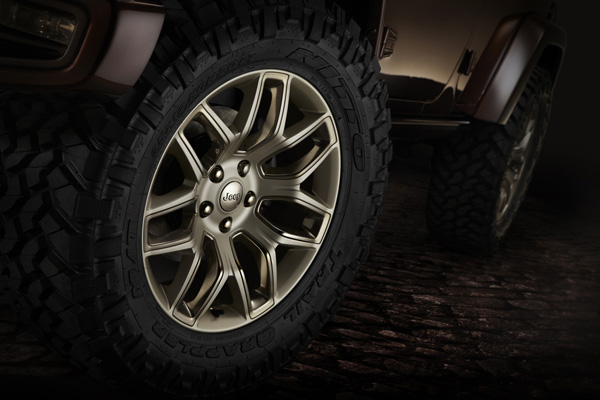
Now that you cover more ground in a single revolution of your 34-inch tall tires, that original calculation is thrown out the window. What’s even more troubling for the JK owner is that you can’t head over to Jeep or your 4×4 stores and pick up a new speedometer gear like on TJs and older Wranglers. However, programmers will allow you to fix that issue. The programmer knows that each tire size is a difference of a certain percentage and re-flash the ECU to that difference. In our case, a 32-inch tall tire is 5-6-percent faster than the 34-inch tall tire and the count the ECU looks for must fall that same 5-6-percent. That now means that there will be 7.96 counts per foot or 11.70 counts per second at 1 MPH, again citing our example and not Jeep numbers.
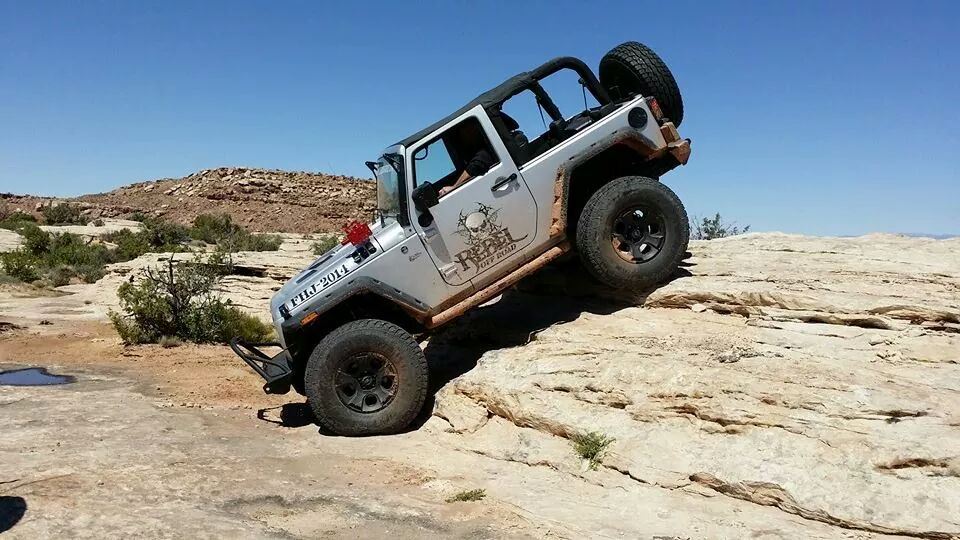
One more note before we leave you today; your ABS system will work correctly. This is because the ABS is looking only for a difference in wheel speed between each wheel and not its MPH. So long as all of your tires are the same size and you begin to lock up the brakes, the ABS will see the difference in tooth counts between each tire and will release pressure from the wheel that is going into lock up. All the ABS is looking to do is maintain the same tooth count between each wheel, not maintain the same MPH between each wheel. Now, if the left tire is taller than the right, then your ABS will act incorrectly and you’ll probably set a code for the wheel speed sensor before it does anything else.
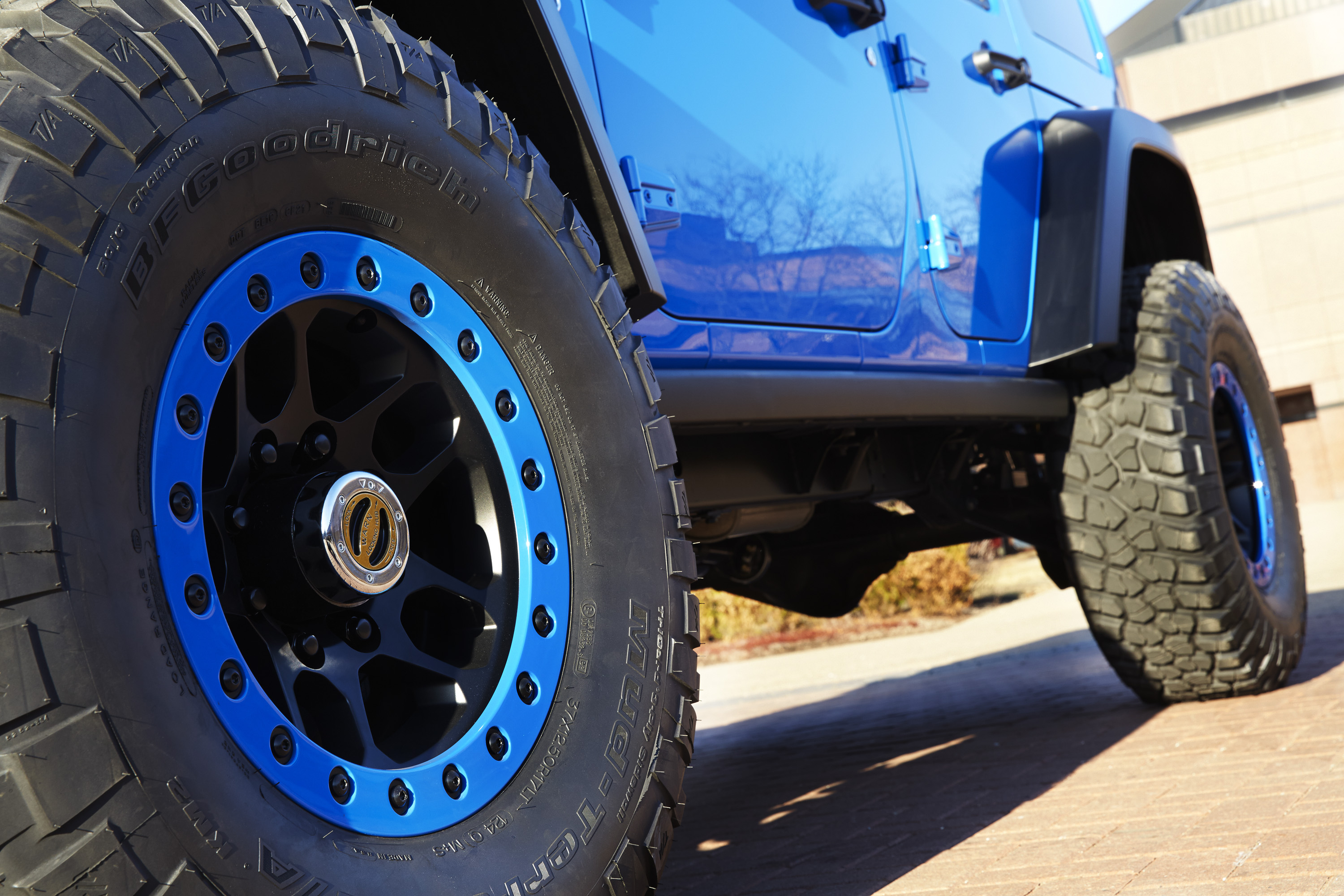
So, don’t be afraid to get those taller tires, just know that you should know that your speedometer will be reading lower than your actual speed. When that cop gives you a ticket, he’ll be justified, and you’ll lose your case because you were traveling at the speed he clocked you at. So, keep the difference in your head, plan to buy a tuner, or get your ECU flashed for the correct tire size.
